The boundaries between natural landscapes and artistic creation blur at certain exceptional places across America. These destinations showcase either nature’s inherent artistic qualities or humanity’s creative interventions in natural settings—often creating experiences that defy simple categorization as either purely natural or entirely artificial.
Here is a list of 15 remarkable places across the United States where art and nature intertwine so seamlessly that visitors experience them as a harmonious fusion of creative expression and environmental wonder.
Antelope Canyon, Arizona

Sculpted over millennia by flash floods coursing through narrow sandstone passages, these slot canyons create swirling, flowing forms that photographers and artists have compared to abstract sculptures. The light filtering through narrow openings transforms throughout the day, casting ethereal beams that change the colors of the rock walls from deep orange to purple within minutes.
Navajo guides lead visitors through the sacred spaces, sharing indigenous perspectives on landscapes that transcend conventional natural beauty. The combination of natural processes and stunning aesthetic results creates an environment that feels simultaneously wild and deliberately artistic—as though nature itself had developed an eye for composition and light.
Storm King Art Center, New York

Sprawling across 500 acres of rolling Hudson Valley landscape, this outdoor museum places monumental sculptures in carefully considered dialogue with meadows, forests, and hills. Massive steel constructions by artists like Alexander Calder and Richard Serra create striking contrasts against natural backdrops, while earthworks by Maya Lin and Andy Goldsworthy incorporate the landscape itself as artistic material.
Seasonal changes transform the experience throughout the year, as spring blossoms, summer greenery, fall foliage, and winter snow create ever-changing contexts for permanent installations. The center’s philosophy explicitly acknowledges the conversation between art and nature, creating experiences where neither dominates the other.
Watkins Glen State Park, New York

The natural processes of erosion have carved one of America’s most photogenic gorges, where 19 waterfalls cascade through a narrow chasm between 200-foot cliffs. Stone stairways and paths cut directly into the rock and follow the gorge for nearly two miles, creating a journey that feels like walking through a naturally formed sculpture garden.
Ferns and mosses grow from rock walls, adding vibrant green accents to the dark stone canvas. The stonework bridges and pathways constructed during the Depression era by the Civilian Conservation Corps blend so naturally with the environment that they seem like extensions of the gorge itself rather than human additions.
Mono Lake, California

Otherworldly limestone formations called tufa towers rise from the surface of this ancient saline lake, creating sculptural forms that seem deliberately arranged by some unseen artist. The unusual chemistry of the water—nearly three times saltier than the ocean—creates these natural sculptures when freshwater springs bubble up through the alkaline lake water, depositing calcium carbonate that hardens into towers over time.
Photographers have captured these formations for decades, drawn by their abstract qualities and the way they interact with light at sunrise and sunset. The lake’s unusual ecology—supporting brine shrimp and alkali flies that feed millions of migratory birds—adds another layer of wonder to this natural art installation.
Wave Organ, San Francisco

This acoustic sculpture on a jetty in San Francisco Bay uses wave action to create subtle, ever-changing music through a network of PVC pipes embedded in concrete forms reminiscent of ancient ruins. Created by artist Peter Richards in collaboration with sculptor George Gonzalez, the installation transforms the natural rhythm of tides into an auditory experience that varies with weather conditions and sea states.
The construction incorporates carved granite and marble from a demolished cemetery, adding historical resonance to the environmental interaction. This deliberately created art piece functions entirely through natural processes, blurring the line between human creation and environmental forces.
Garden of the Gods, Colorado
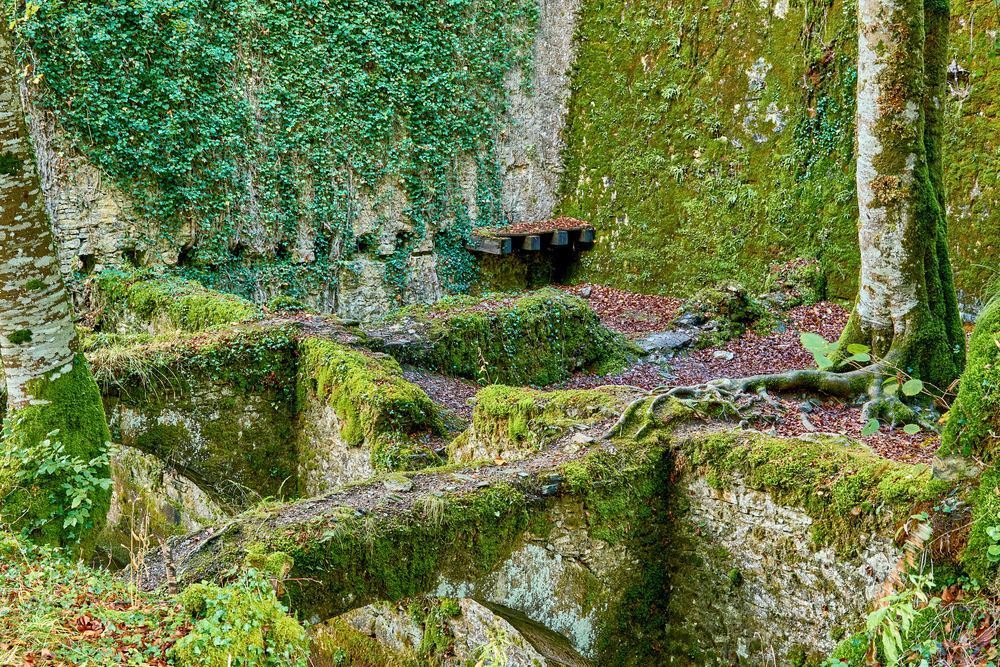
Towering red sandstone formations stand in dramatic contrast to the snow-capped Pikes Peak backdrop, creating compositions so striking they seem deliberately arranged. These natural sculptures—given names like “Kissing Camels” and “Cathedral Spires” based on their evocative shapes—were formed through geological uplift rather than erosion, tilting ancient horizontal layers into vertical positions.
The Ute, Cheyenne, and Arapaho peoples considered this area sacred long before European settlers arrived, recognizing the spiritual power of landscapes that transcend ordinary experience. The park’s designation as a “garden” rather than simply a geological formation acknowledges the sense of intentional design many visitors perceive in this extraordinary landscape.
Fly Ranch Geyser, Nevada
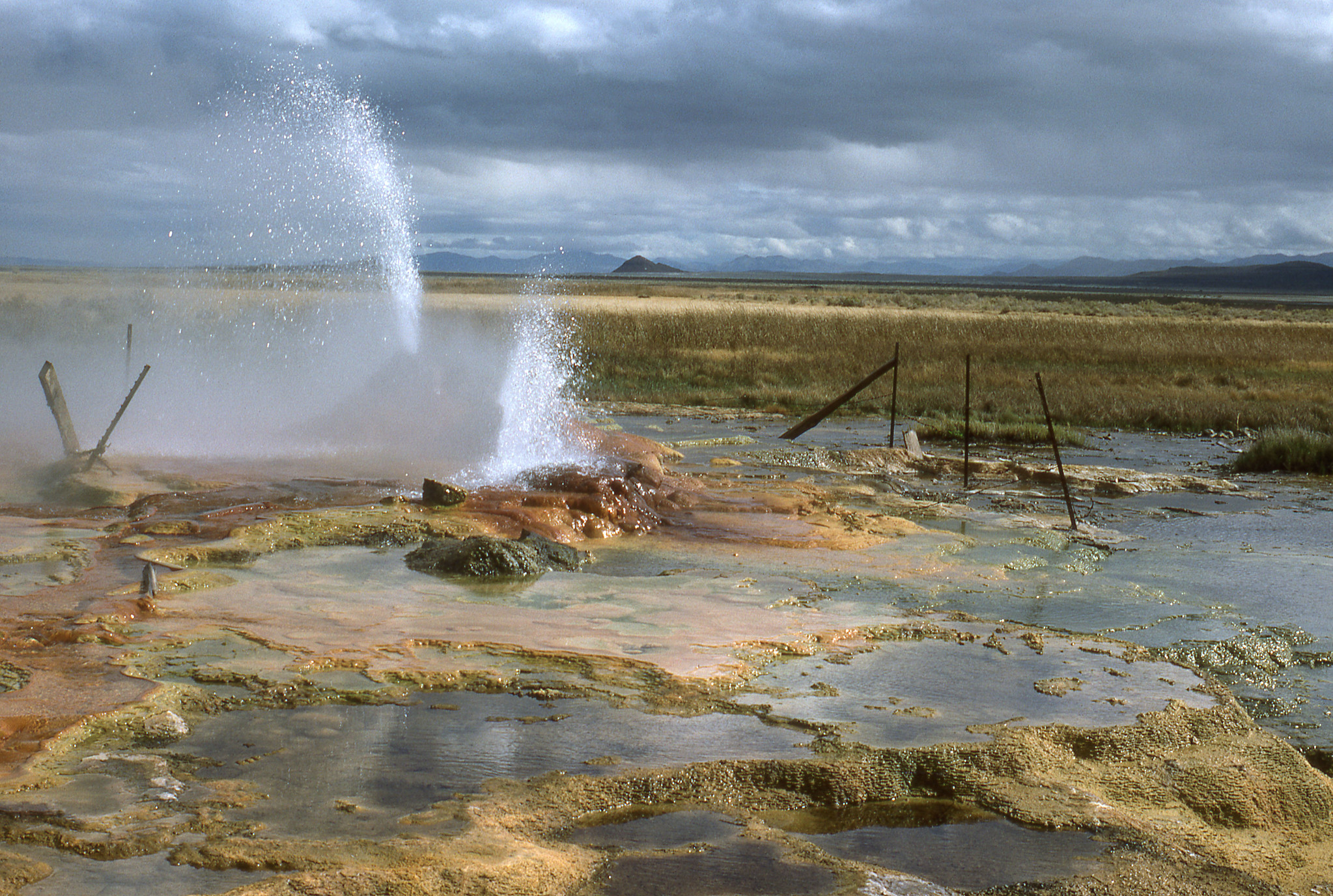
This accidentally created geyser looks like an intentional environmental sculpture, with multiple colorful mounds continuously spraying water several feet into the air. The formation began in 1964 when a geothermal energy company improperly sealed a test well, allowing minerals to accumulate around the leak and create growing travertine formations.
Thermophilic algae thrive in the warm water, adding vibrant reds, greens, and browns to the otherwise gray mineral deposits. Recently acquired by the Burning Man Project, this unintentional collaboration between human error and natural processes has created one of America’s most surreal landscapes—a place where industrial accidents transformed into environmental art.
Bisti/De-Na-Zin Wilderness, New Mexico
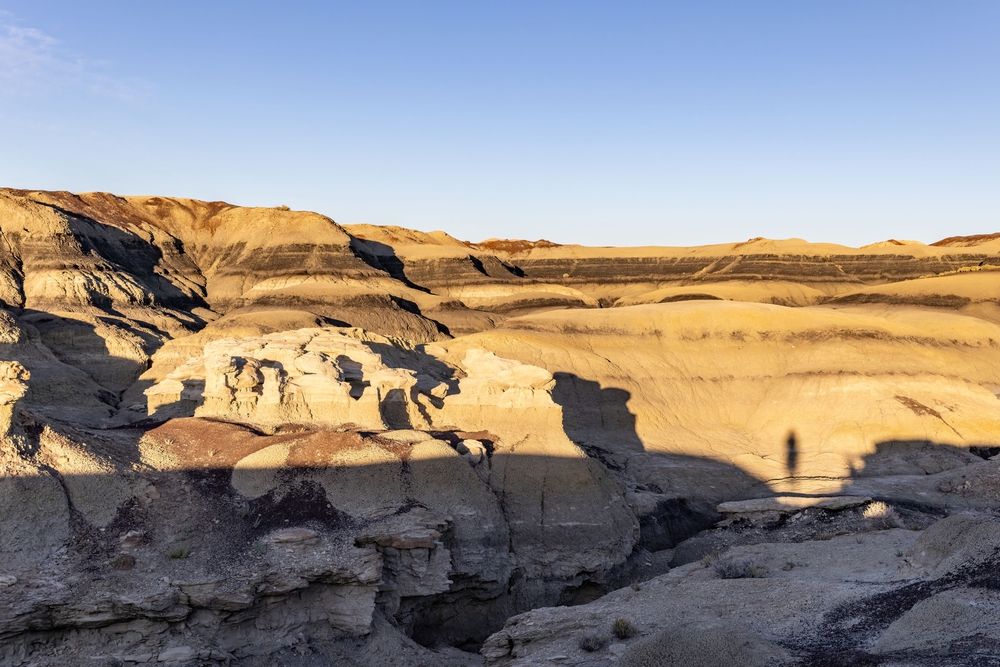
Often called the “Alien Egg Hatchery” for its otherworldly formations, this remote badlands area showcases nature’s sculptural capabilities through hoodoos, balanced rocks, and petrified wood scattered across a stark landscape. The erosion-carved formations include delicate spires with flat caps, undulating clay hills striped with different mineral layers, and rocks weathered into fantastical shapes resembling creatures from another world.
The complete absence of designated trails enhances the dreamlike quality of exploration, allowing visitors to encounter these natural sculptures from personal perspectives rather than prescribed viewpoints. The landscape’s artistic qualities emerge most dramatically in low-angle morning and evening light that accentuates textures and casts long shadows.
Lightning Field, New Mexico

Artist Walter De Maria’s monumental installation places 400 polished stainless steel poles in a grid measuring one mile by one kilometer across high desert terrain. While beautiful as a geometric intervention in the landscape at any time, the work achieves its full artistic expression during thunderstorms, when lightning strikes the poles, and creates spectacular electrical displays.
The isolated location requires visitors to stay overnight in a rustic cabin on site, experiencing the artwork through changing daylight conditions and potential weather events. This deliberate artwork depends entirely on natural phenomena for its most dramatic moments, creating a perfect fusion of artistic intention and environmental collaboration.
White Sands National Park, New Mexico
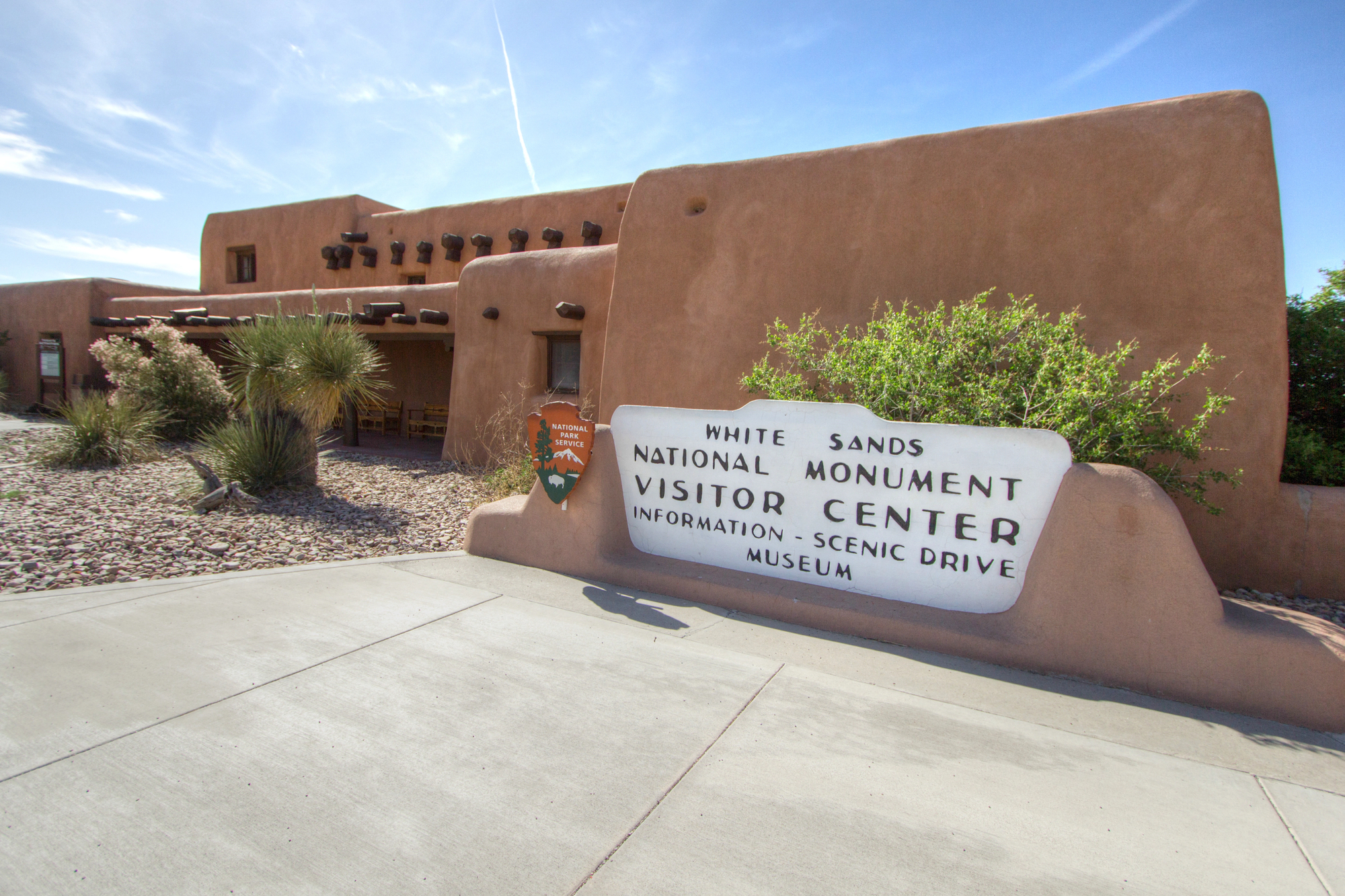
The world’s largest gypsum dune field creates an environment of abstract white curves that photographers and visitors have compared to massive sculptural installations. The brilliant white sand creates a minimalist landscape where light and shadow interact to produce ever-changing compositions as the sun moves across the sky.
Wind continuously reshapes the dunes, erasing footprints and creating fresh patterns daily—nature’s version of temporal art. The contrast between the stark white landscape and occasional yucca plants creates compositions so balanced they seem deliberately arranged, while the ability to directly interact with the environment by sledding down dunes adds a participatory element to the experience.
Mendenhall Ice Caves, Alaska
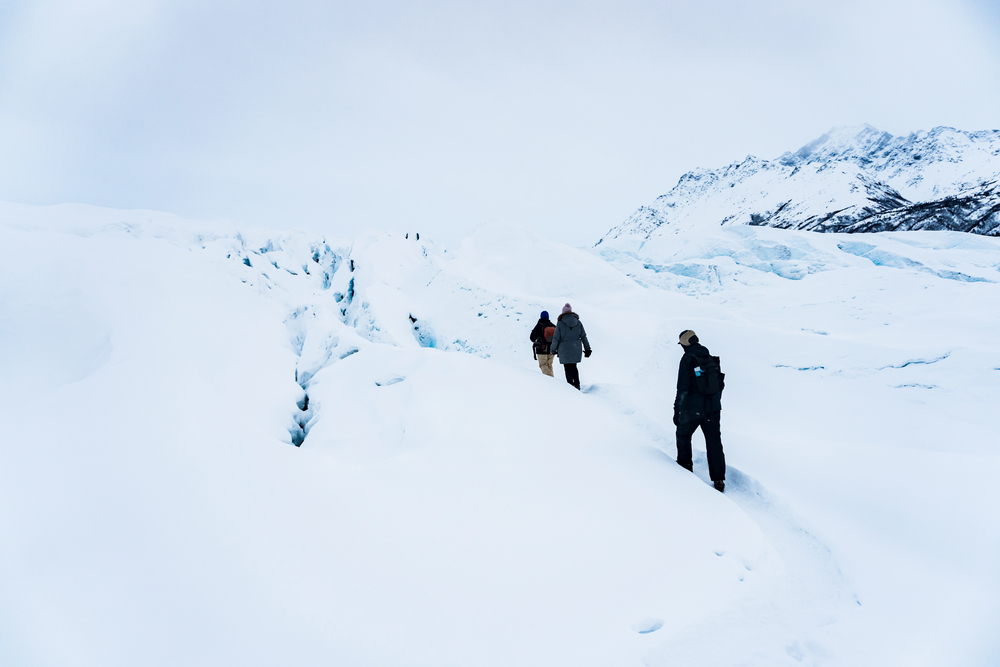
These ephemeral blue caverns within a slowly melting glacier create spaces that combine architectural grandeur with the artistic qualities of sculpted ice and filtered light. Meltwater carves passages through the dense ice, creating cathedral-like spaces where sunlight filtering through the frozen ceiling bathes everything in ethereal blue light.
The caves constantly change shape as the glacier moves and melt, making each visit a unique experience of a natural installation that may soon disappear entirely due to climate change. The transient nature of these spaces adds poignancy to their beauty, highlighting the artistic quality of natural processes that operate on timescales beyond human experience.
Great Salt Lake Spiral Jetty, Utah
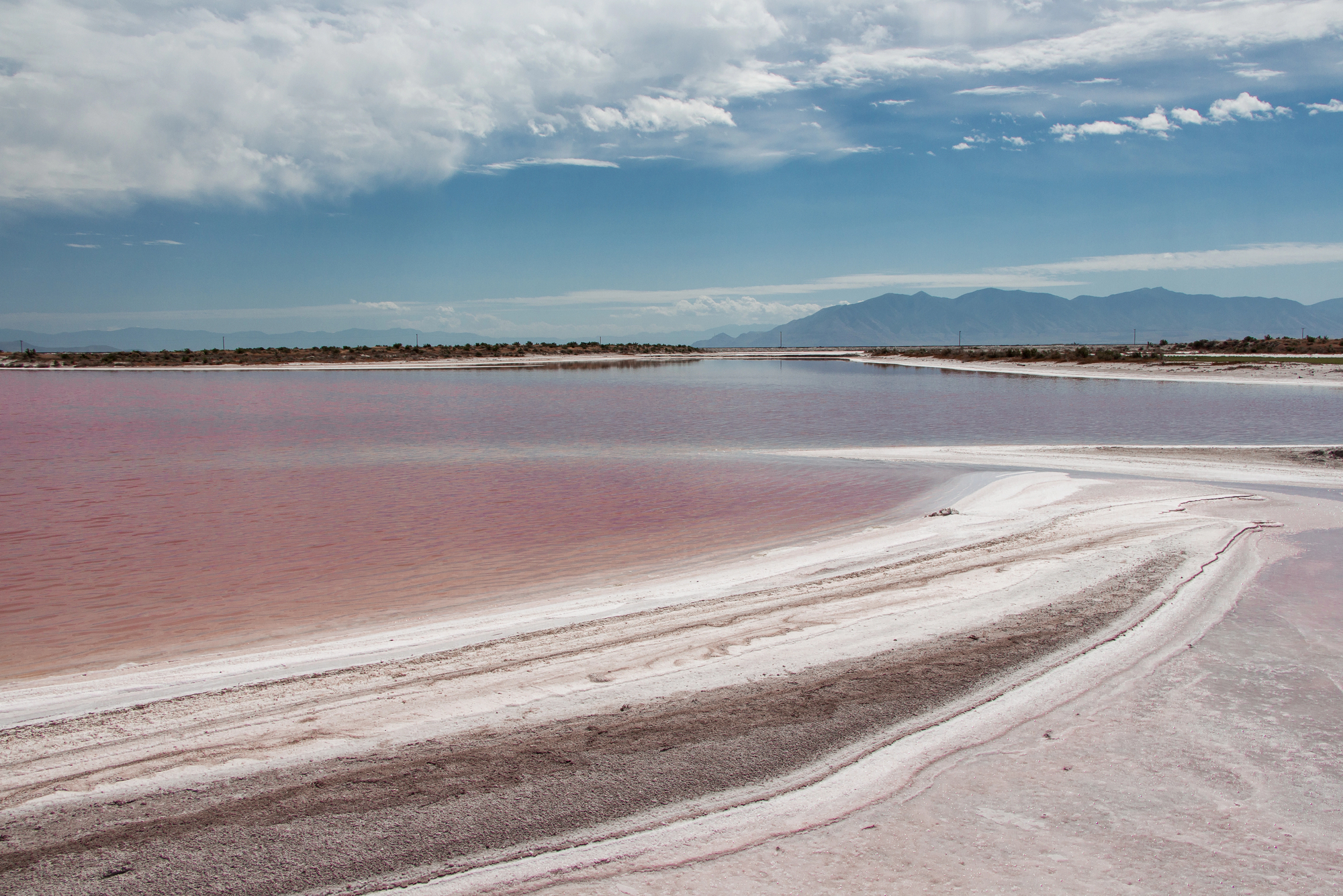
Robert Smithson’s famous earthwork extends 1,500 feet into Utah’s Great Salt Lake, creating a counterclockwise spiral of black basalt rocks gathered from the site. The interaction between this deliberate artistic intervention and natural processes creates a constantly evolving experience, as changing lake levels alternately submerge and reveal the installation.
During periods when the jetty emerges, salt crystals encrust the dark rocks, creating a white outline that accentuates the spiral form. Algae in the lake periodically turn the surrounding water reddish-pink, creating dramatic color contrasts with the stones and salt deposits. This landmark of the Land Art movement demonstrates how artistic vision can frame and highlight natural processes rather than simply imposing human concepts on the landscape.
Redwood National and State Parks, California
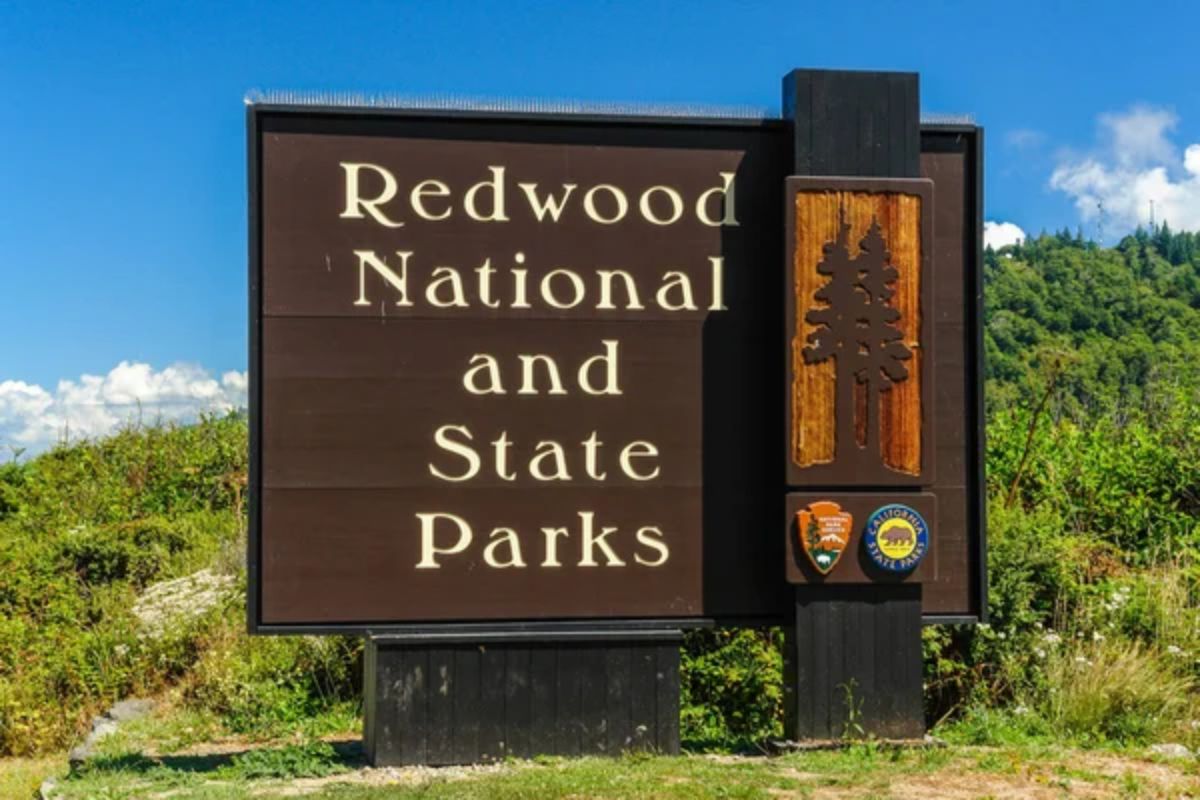
The world’s tallest trees create natural cathedral spaces where filtered light, sound qualities, and physical dimensions combine to produce environments that feel deliberately designed for a contemplative experience. The massive columnar trunks rise over 350 feet in some cases, creating architectural spaces with distinctive acoustic properties and light qualities found nowhere else.
Seasonal fog drifting through these groves adds another atmospheric dimension, creating ephemerally beautiful conditions that photographers and filmmakers have documented extensively. These ancient forests represent nature operating as both architect and artist, creating spaces that evoke the same reverence as humanity’s grandest sacred buildings.
Lava Tubes of Hawaii Volcanoes National Park
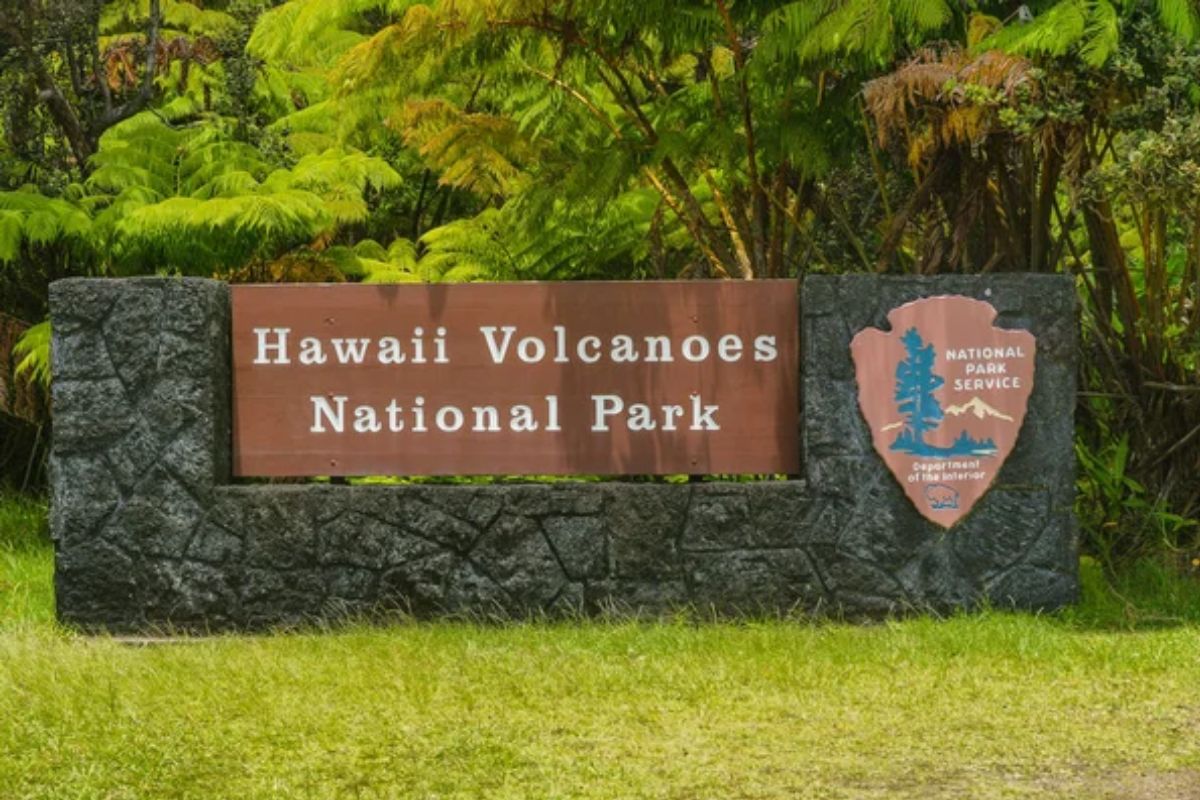
The flowing and cooling patterns of molten rock create tunnel systems that combine natural cave formations with qualities resembling abstract sculptural installations. Walls display frozen ripples and flow patterns that record the movement of once-liquid stone, while collapsed sections create skylight openings that admit dramatic light beams.
Some tubes feature colorful mineral deposits and unusual formations created through chemical processes at extreme temperatures. These underground passages demonstrate nature’s ability to create spaces with distinctly artistic qualities through purely physical processes, resulting in environments that feel simultaneously natural and composed.
Bonneville Salt Flats, Utah
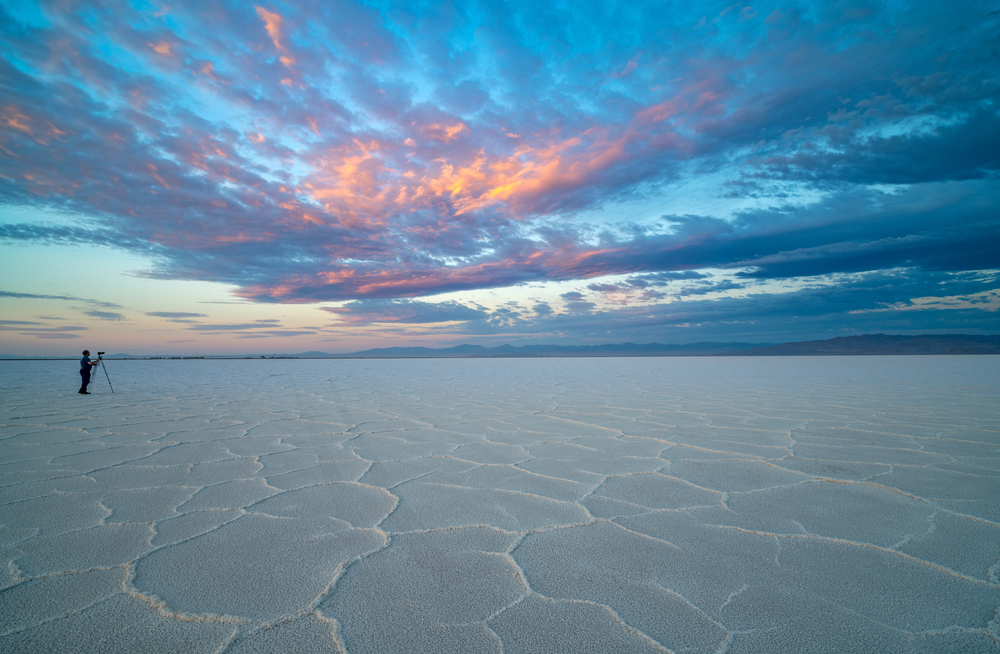
This vast expanse of perfectly flat, white salt crust creates a minimalist landscape that has attracted photographers, filmmakers, and land speed record attempts for decades. The otherworldly environment changes dramatically with weather conditions—appearing bone-dry and cracked during summer, then transforming into a perfect mirror when thin layers of water cover the surface after rain.
The horizon line creates a perfect divide between white earth and blue sky, reducing the landscape to its most essential elements. This naturally occurring minimalist environment has served as both artistic inspiration and canvas for temporary interventions, from fashion photography to large-scale art installations during the annual Speed Week events.
The Intersection of Creation
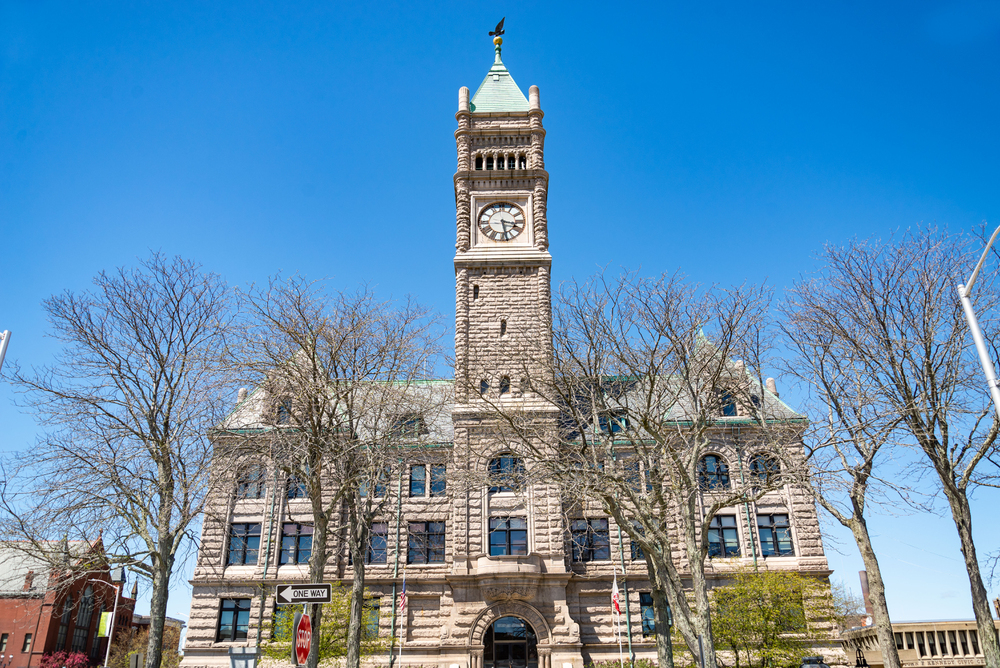
These fifteen destinations demonstrate the fascinating territory where natural processes produce aesthetically powerful environments, or where human artistic intervention frames and highlights natural beauty. Neither purely natural nor conventionally artistic, these places create experiences that transcend standard categories—inviting visitors to reconsider the relationship between human creativity and environmental processes.
As environmental art continues gaining prominence and our understanding of natural aesthetics evolves, these remarkable places remind us that the most powerful experiences often occur precisely at the boundary where art and nature become indistinguishable from each other.
More from Travel Pug

- Cities Growing so Fast You Won’t Recognize Them in 10 Years
- 13 Destinations Where Tourists Regularly Regret Their Trip
- 20 Obscure WWII Sites Even History Buffs Don’t Know About
- 10 Under-the-Radar Mountain Towns That Are Both Affordable and Beautiful
- Remote Villages in Europe Where You Can Live for Free in Exchange for Work
Like Travel Pug’s content? Follow us on MSN.
